

Do you have it in you?

10 questions

How many correct will you get?

Do you know your plurals?

10 thrilling questions

10 questions of various topics.

How many of them will you remember?

Can you recall this amazing decade?

10 mixed questions

Can you answer all of them correctly?

10 questions

Can you score higher than 5/10?

Can you guess these 10 singers/bands?
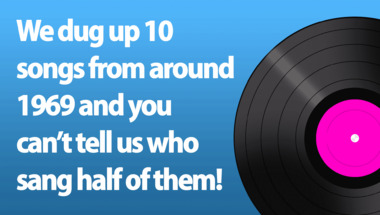
You are probably going to fail most questions
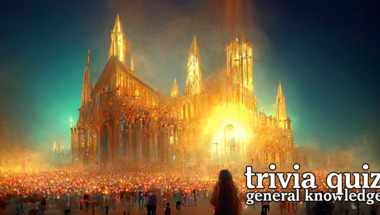
10 questions just for you

10 questions

Quiz time has arrived!

Mixed category quiz
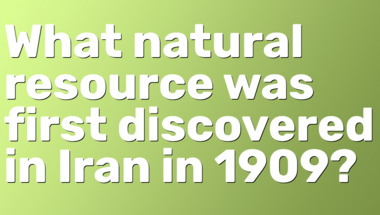
10 enjoyable inquiries regarding the past

10 fun questions

Can you match the songs with the artists?

See if this quiz let you sing along!

10 mixed questions

Expert questions for developed minds

Test your knowledge with these 10 questions.

10 questions
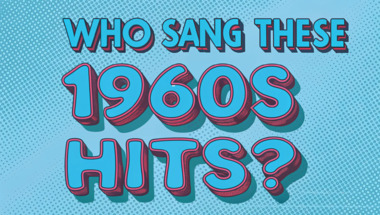
Let's test your trivia skills!

10 mixed questions for you
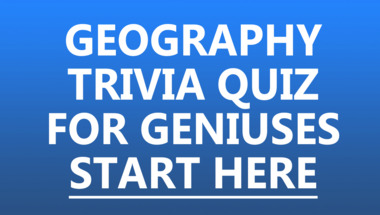
10 questions in misc categories

Can you get at least 6/10 correct answers?

10 trivia questions covering various categori..

Let's test your trivia skills!

10 quite impossible questions
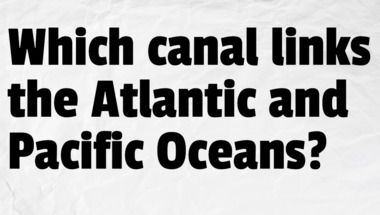
How will you do in this general knowledge qui..
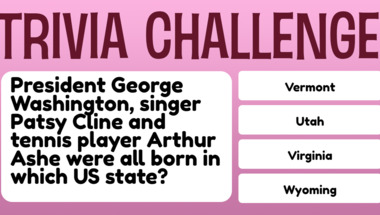
Expert Level
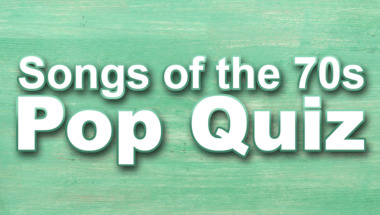
10 hot questions

How many correct will you get?

Post your score in the comments!

What can you remember?

How many correct will you get?

Are you up for a quiz?

Let us know your score in the comments

Do you also love music from the 1960s?
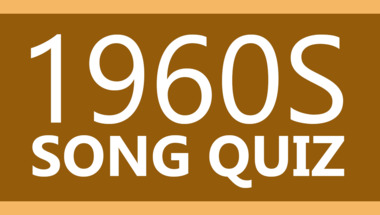
Tell us your result in the comments

Let's see how smart you really are!

Let me know your score in the comments
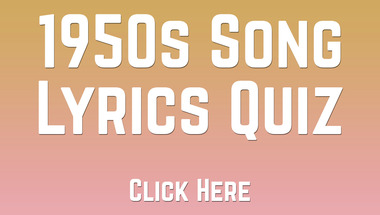
Are you up for a quiz?

10 Outrageous questions about food

Let's see how smart you really are!

Can you even get 5 out of 10 correct?

10 Questions

10 questions covering a variety of topics

Are you smart enough for this one?
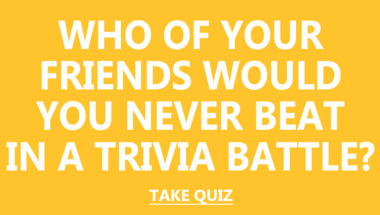
10 mixed questions

Test your knowledge with these 10 trivia ques..

How smart are you really?

10 questions to test your memory!

10 mixed questions

10 random questions

10 mixed questions

10 mixed fun questions

How many songs do you know?
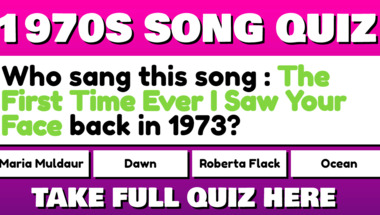
10 questions to test your knowledge

How many correct answers will you get?

Did you pay attention in school?

How many of them will you answer correctly?

Is your IQ high enough for these questions?

10 songs to guess
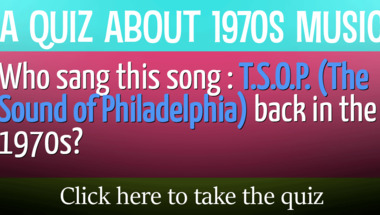
10 songs to guess

10 mixed up questions

10 mixed up history questions
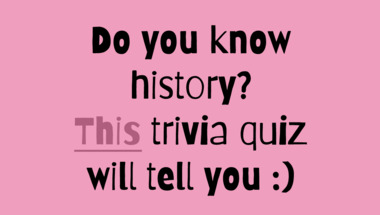
10 Smart Questions

Can you score 7 or higher in this one?

Your goal is to score 5/10

How will you do in this general knowledge qui..

10 mixed questions

How many correct will you get?

Let's see how smart you really are!

How many correct will you get?

10 mixed questions to have fun with

10 mixed questions

How many correct answers will you get?

10 questions to test your knowledge
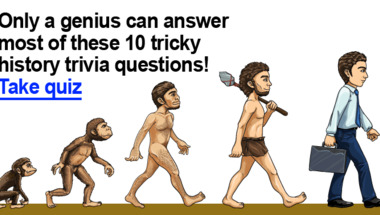
10 questions covering a variety of topics

10 thrilling questions

How many correct will you get?

10 questions that will put you to the test

10 mixed questions

10 songs to guess

10 random questions
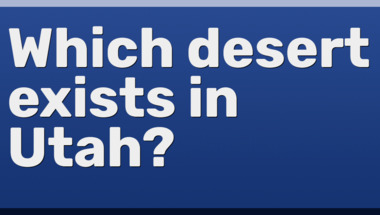
How many of them will you answer correctly?

How many correct will you get?

10 questions

Do you also love music from the 1960s?

How many correct will you get?

10 questions for you to have fun with

How many of these food questions can you answ..

10 questions to test your knowledge

10 questions

10 home chef questions

Let's see how smart you really are!

Let's see how smart you really are!

How many of them will you answer correctly?

How high can you score?

10 songs to guess
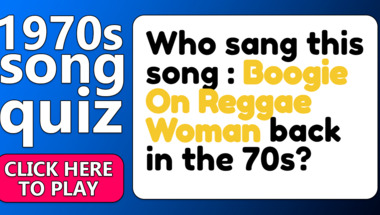
Let's see how smart you really are!

10 mixed up questions

How many correct answers will you get?

Let's test your trivia skills!

10 hot questions

10 questions

10 mixed history questions

How many of these songs do you remember?

10 mixed up questions

Can you answer them all correctly?

Are you up for a quiz?
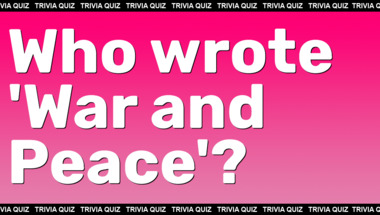
10 mixed up questions

10 mixed questions for you to have fun with

Are you up for a quiz?

How many of them will you answer correctly?

Welcome to an in-depth exploration of ten fascinating trivia questions! Each question opens a window into geography, language, history, and culture, offering a journey across continents and through time. Below, we’ll delve into each question, expanding on the facts, the background, and the broader context. Whether you’re a trivia enthusiast or just curious, this article will enrich your knowledge and spark your curiosity.
1. Which A gave us the kangaroo and the didgeridoo?
The answer is Australia. This vast and unique continent-country is famed for its diverse wildlife and rich Indigenous heritage. The kangaroo, an iconic marsupial, is synonymous with Australia and can be found across much of the country in various habitats, from forests to grasslands. Equally significant is the didgeridoo—a wind instrument developed by Indigenous Australians of northern Australia, dating back at least 1,500 years. The didgeridoo’s haunting drone is recognized worldwide and forms an essential part of Aboriginal ceremonial life and storytelling.
Australia is also home to other unique animals such as koalas, wombats, and platypuses, all of which are not naturally found anywhere else. The continent’s isolation for millions of years allowed these creatures to evolve independently, contributing to Australia's distinct biosphere.
2. Which of these is NOT a European city?
While the actual list isn’t provided in the original question, let's explore the concept. Europe is a continent rich in history, with cities ranging from the ancient (like Rome and Athens) to the modern (such as Berlin and London). However, some cities with European-sounding names may actually be elsewhere. For example, Perth is a city in both Scotland and Australia, but only the Scottish Perth is in Europe. Similarly, Melbourne is in Australia, not Europe. Trivia questions like this test not only geography but our knowledge of namesakes around the world.
Identifying which cities are not in Europe requires a good sense of world geography and sometimes knowledge of colonial history, as many cities outside Europe were named by settlers after their hometowns.
3. What language is spoken predominantly in Australia?
The primary language spoken in Australia is English. Australian English has developed its own distinctive accent, vocabulary, and idioms since the first British settlers arrived in 1788. While English is the de facto national language, Australia is also a multilingual society, with over 250 Indigenous languages once spoken across the continent. Today, efforts are underway to revive many of these endangered languages.
Immigration has added to Australia’s linguistic diversity, with Italian, Greek, Mandarin, Arabic, and Vietnamese among the most spoken languages after English. However, for official purposes, education, media, and government, English remains the dominant language.
4. Which tropic passes through the Amazon rainforest?
The Tropic of Capricorn and the Tropic of Cancer are the two major lines of latitude on either side of the equator. The Amazon rainforest, located largely in Brazil but stretching into several South American countries, is crossed by the Equator rather than a tropic. However, if you're thinking specifically about tropics, the Tropic of Capricorn passes south of the Amazon, but it is the Equator that actually bisects the forest.
The Amazon is the world’s largest rainforest, home to an estimated 390 billion individual trees representing around 16,000 species. Its climate is hot and humid, providing the perfect conditions for extraordinary biodiversity. The forest plays a crucial role in regulating the Earth’s oxygen and carbon dioxide levels.
5. London's underground rail system is known by what name?
The answer is the London Underground, commonly referred to as the Tube. Opened in 1863, it is the oldest underground railway system in the world. The Tube now covers over 250 miles of track and serves 272 stations, making it one of the largest metro systems globally.
The London Underground is not just a mode of transportation; it’s a cultural icon. Its distinctive map, designed by Harry Beck in 1931, revolutionized transit mapping and has been imitated worldwide. The Tube’s influence extends beyond transportation, inspiring art, music, and literature.
6. Which English naval captain explored much of the Pacific including New Zealand, Australia and Hawaii?
The famous English explorer is Captain James Cook. Born in 1728, Cook rose through the ranks of the British Royal Navy and became one of the most accomplished navigators and explorers of his era. Between 1768 and 1779, he led three significant voyages to the Pacific Ocean, charting New Zealand and the east coast of Australia for the first time, and later visiting the Hawaiian Islands—then unknown to Europeans.
Cook’s voyages greatly expanded European knowledge of the Pacific region, though they also paved the way for colonialism, which had profound impacts on Indigenous populations. Cook himself met his end in Hawaii in 1779, during a confrontation with islanders.
7. In which state is Dodge City?
Dodge City is located in Kansas, USA. Immortalized in American folklore and the subject of numerous Western films and TV shows, Dodge City is synonymous with the lawless days of the Old West. It was founded in 1872 and quickly became a key stop for cattle drives and the railroad, attracting cowboys, outlaws, and lawmen alike.
The phrase “Get the heck out of Dodge” comes from this city’s turbulent past, and it remains a tourist destination today, drawing visitors interested in cowboy history and frontier life.
8. What cactus can be found in the Sonoran desert?
The Saguaro cactus (Carnegiea gigantea) is the most iconic plant of the Sonoran Desert, which stretches across Arizona, California, and Mexico. These giant cacti can reach heights of over 40 feet and live for more than 150 years. The saguaro’s arms, which typically begin to grow after the cactus reaches 50-70 years old, are a signature silhouette in desert landscapes.
Saguaros provide food and shelter for a variety of desert animals, including birds, bats, and insects. Their white, night-blooming flowers are also the state flower of Arizona. The saguaro's image is so closely tied to the American Southwest that it has become a symbol of the region worldwide.
9. What is the capital of Malta?
The capital of Malta is Valletta. Founded in the 16th century by the Knights of St. John, Valletta is one of Europe’s smallest and most historic capital cities. It is renowned for its Baroque architecture, fortifications, and rich history, having played a crucial role during the Great Siege of Malta in 1565 and in World War II.
Valletta is a UNESCO World Heritage Site, offering a compact cityscape packed with palaces, churches, museums, and breathtaking views of the Mediterranean Sea. Its cultural and historical significance is immense, making it a must-visit for travelers to Malta.
10. What is the capital of the US State Texas?
The capital of Texas is Austin. Known for its vibrant music scene, tech industry, and eclectic culture, Austin has grown rapidly in recent decades to become one of the most dynamic cities in the United States. It is home to the University of Texas, the famous South by Southwest (SXSW) festival, and a thriving food scene.
Austin is often described by its unofficial slogan, Keep Austin Weird, reflecting its embrace of individuality and creativity. The city’s role as the political center of Texas and its growing influence in technology and the arts make it an exciting and important American city.
Conclusion
These ten trivia questions have taken us on a journey through continents, languages, history, and culture. From the unique biodiversity of Australia and the mysteries of the Amazon, to historic cities and the legends of the Old West, each answer opens up a world of fascinating facts. Trivia is much more than a game—it’s a gateway to knowledge, encouraging us to explore, discover, and appreciate the richness of our world.